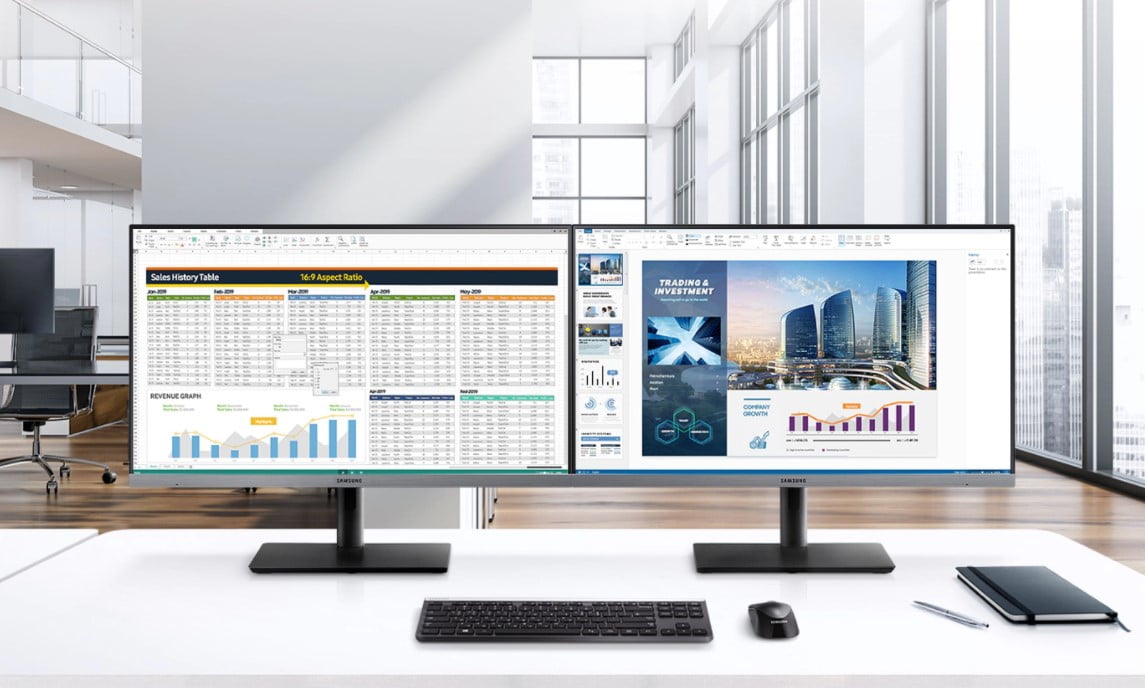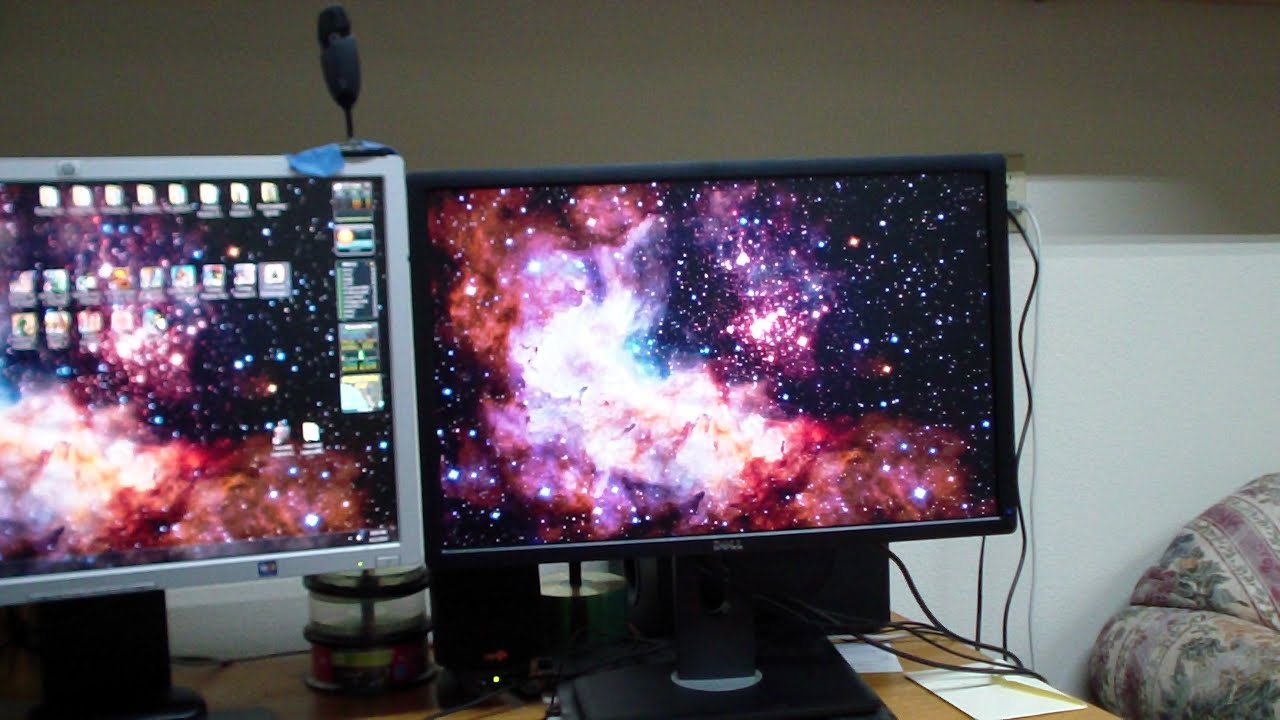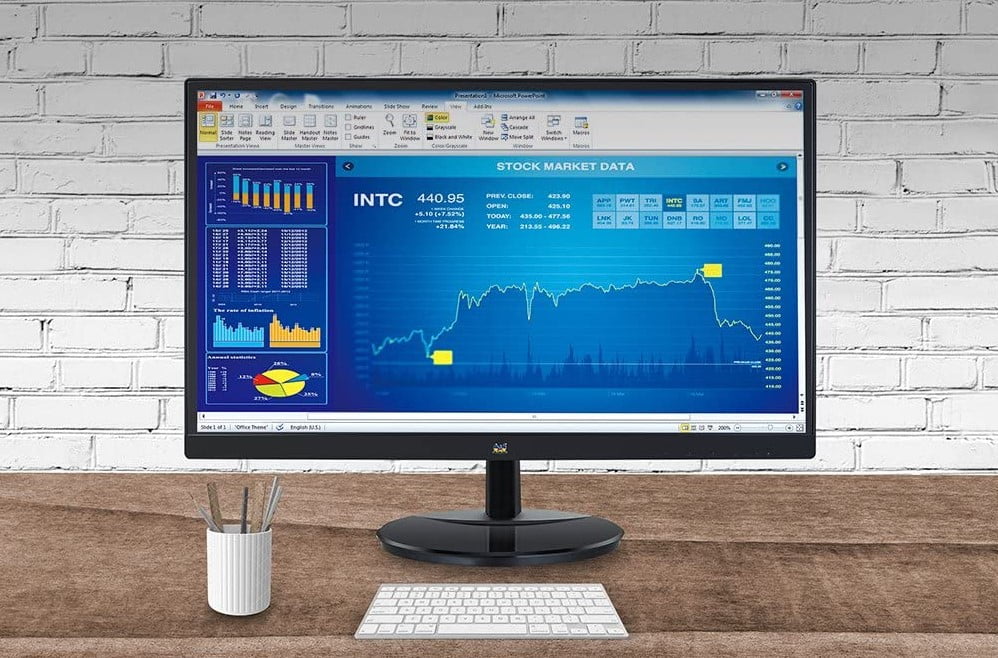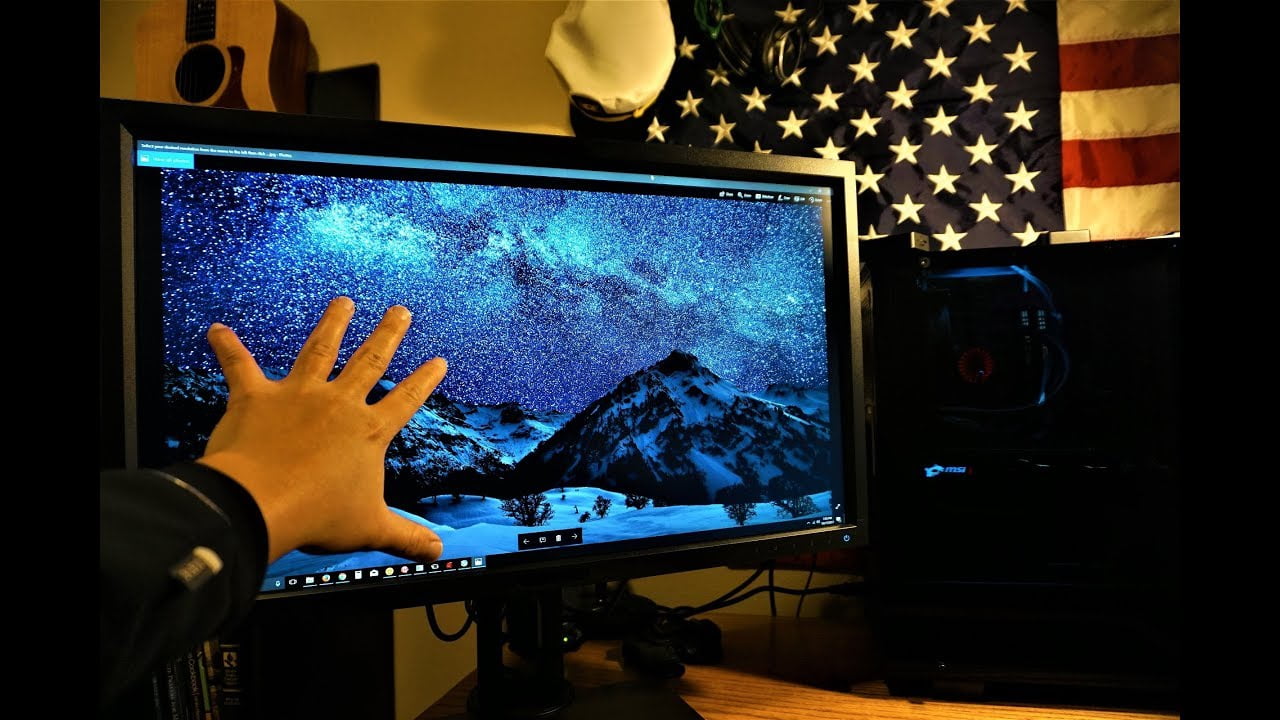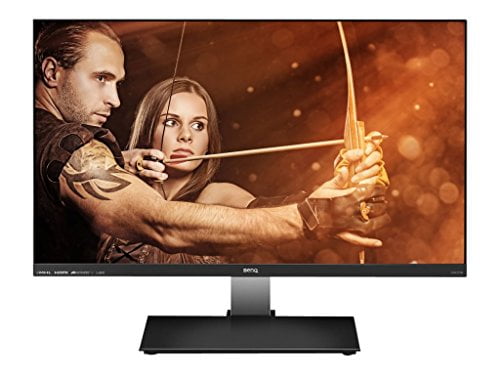If you have been shopping around for a new display, you may be wondering a single thing. What’s the difference between gaming monitors 144Hz vs 60Hz. Even the best gaming monitors are available in both specifications, after all. Keep reading to learn everything you need to know about refresh rates, frame rates, and more.
KEY TAKEAWAYS:
- When you see terms such as 144Hz and 60Hz in the specs of a gaming monitor, it is referring to the refresh rate.
- This rate measures how many times per second a screen can refresh itself, which impacts frame rates, input lag, and more.
- A refresh rate of 144Hz will result in smoother gameplay and less lag when compared to a 60Hz refresh rate, though monitors with a higher refresh rate will be more costly.
Differences Between Gaming Monitors with 144Hz and 60Hz
The big difference here is the refresh rate, which is a metric that measures how many times per second a monitor can refresh its screen. As such, a 144Hz gaming monitor refreshes its screen 144 times per second, whereas a 60Hz monitor refreshes its screen just 60 times per second. That’s a huge difference, even more, when you’re considering gaming monitors with 144Hz vs 75Hz. Couple that with AMD FreeSync or FreeSync 2, and the refresh rate becomes smooth.
Gameplay Lag
There is no way around it. A gaming monitor with a refresh rate of 60Hz will feature more input lag and general lag during gameplay than a display with a rate of 144Hz. The difference is big enough between the two types of monitors that these lags should be immediately noticeable to most gamers, as they can impact the gaming experience. Though it must be noted, a 60Hz display is still a fine choice for some gamers and some games, as the lag will not make games unplayable. When it comes to competitive games, however, go for 144Hz. To further prevent input lag, consider a gaming monitor with 1ms or 2ms response times.
Ghosting
Ghosting is when an object or figure on a screen has a double image, which can get confusing when playing competitive video games. Ghosting is an aftereffect of input lag, so 144Hz displays should feature little to no ghosting during gameplay. The same cannot be said for 60Hz refresh rate monitors, as you may encounter some double images and related graphical artifacts. Of course, ghosting is also determined by other factors such as CPU speed, GPU performance, resolution, and more.
Price
You can find 60Hz refresh rate monitors extremely cheap nowadays, especially when compared to newer 144Hz displays. This is due not just to the refresh rate, but the fact that monitors with a 144Hz rate also tend to include other high-end features, including speedy response times, lower input lag, integration with modern graphics cards, and more.
Insider Tip
60Hz monitors may integrate better with older GPUs, so keep this in mind if your computer is on the older side.
F.A.Q.
Do monitor refresh rates matter?
Yes. Frame rate measures do matter for gaming and for other tasks.
What’s the most important factor when choosing a monitor?
This will depend on personal preference. It could be the monitor refresh rate, which could make a noticeable difference when gaming, or it could be other aspects of your gaming rig or gaming setup.
Are 4K monitors good for gaming?
4K monitors produce gorgeous visuals during gaming sessions, but the gaming community is mixed on them. Why? It takes a lot of horsepower to show that resolution, which can impact gameplay in other ways.
STAT: In the fourth quarter of 2020, 39.24 million PC monitor units were shipped worldwide, an increase from the 33.58 million units that were shipped during the same quarter of 2019 – an increase of nearly 17 percent. (source)
REFERENCES:





























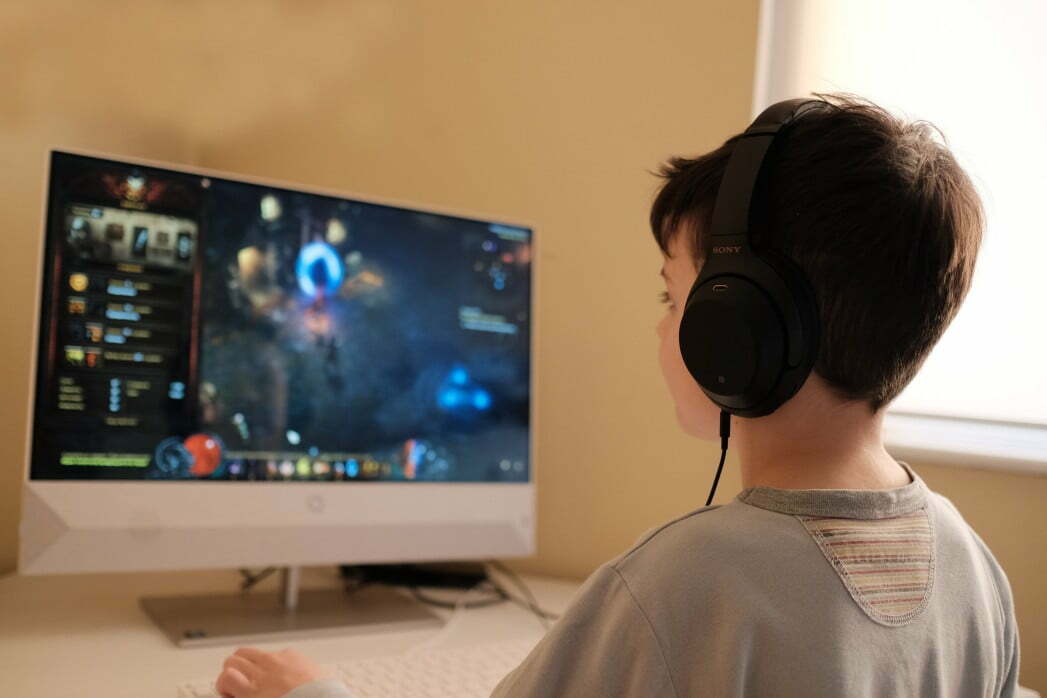
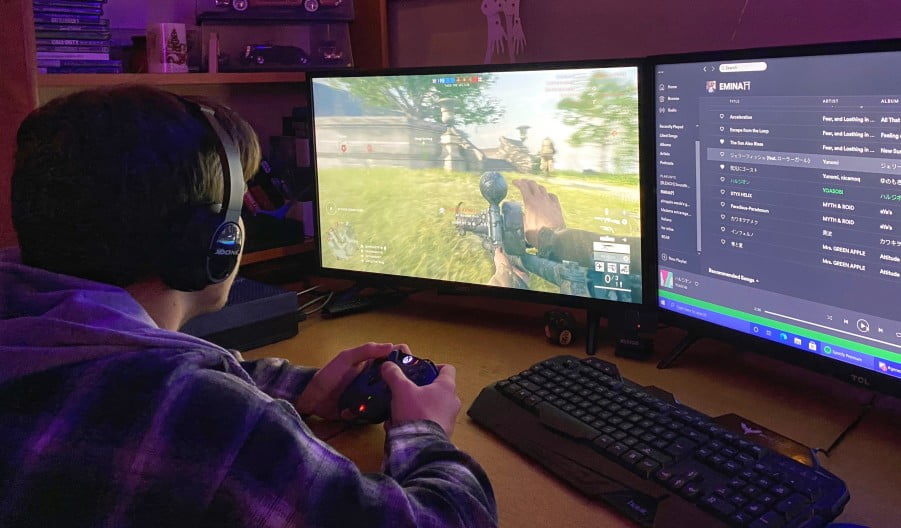
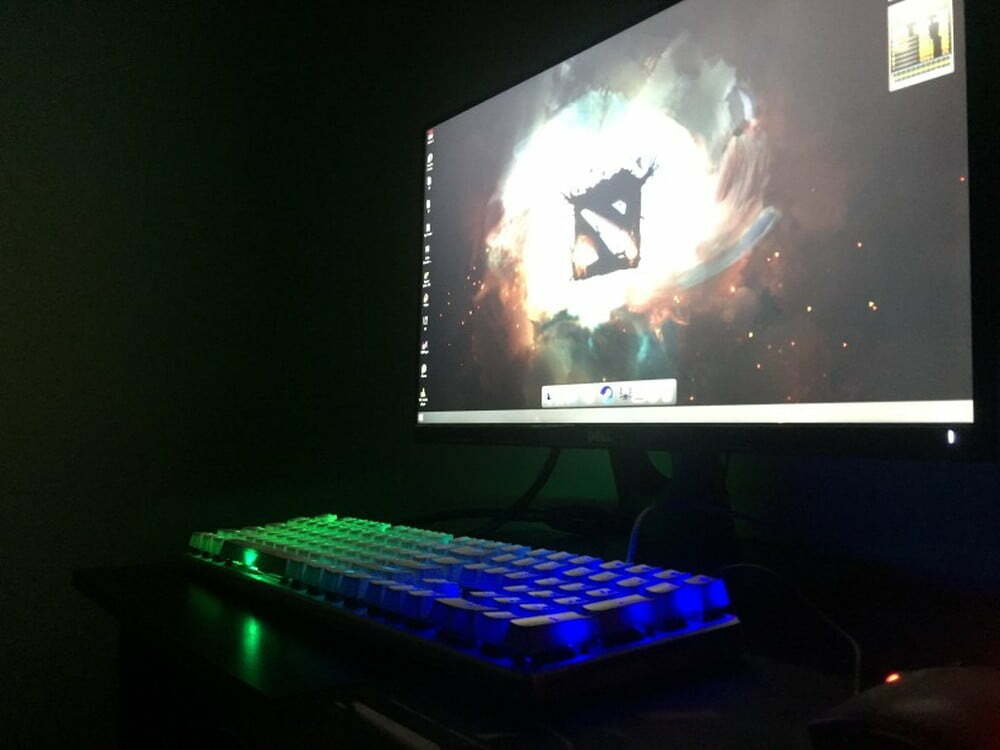


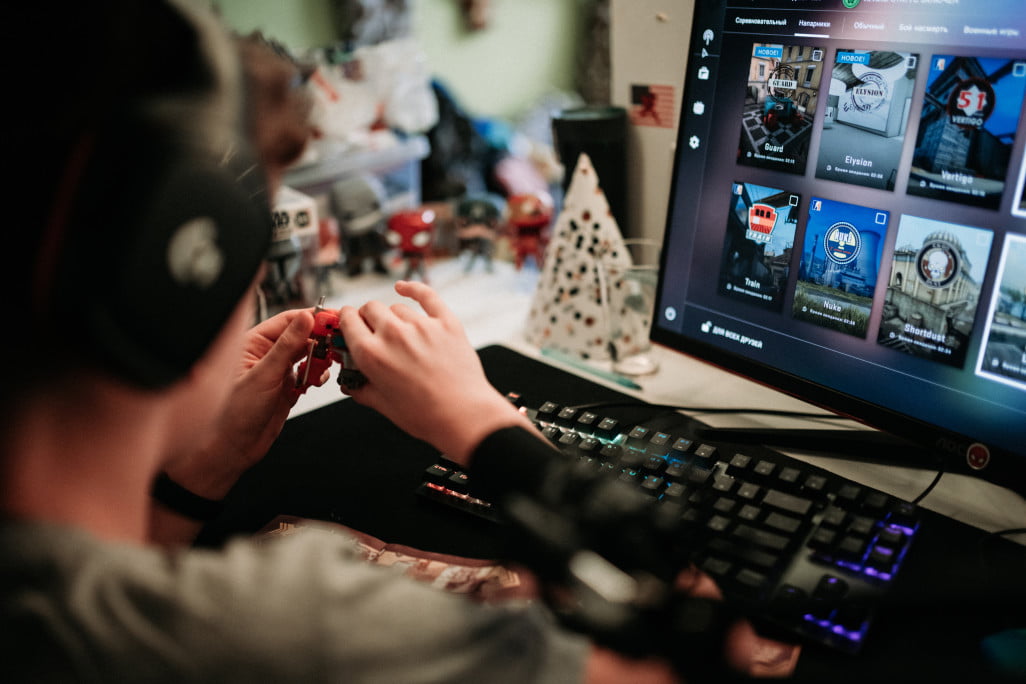
![Best 27 Inch Computer Monitor in [year] 27 Best 27 Inch Computer Monitor in 2026](https://www.gadgetreview.dev/wp-content/uploads/how-to-buy-the-best-computer-monitor.jpg)
![Best BenQ Monitors in [year] 28 Best BenQ Monitors in 2026](https://www.gadgetreview.dev/wp-content/uploads/best-benq-monitor-image.jpg)
![Best ASUS Monitors in [year] 29 Best ASUS Monitors in 2026](https://www.gadgetreview.dev/wp-content/uploads/best-asus-monitor-image.jpg)
![Best Dell Monitors in [year] 30 Best Dell Monitors in 2026](https://www.gadgetreview.dev/wp-content/uploads/best-dell-monitor-image.jpg)
![Best HP Monitors in [year] 31 Best HP Monitors in 2026](https://www.gadgetreview.dev/wp-content/uploads/best-hp-monitor-image.jpg)
![Best Lenovo Monitors in [year] 32 Best Lenovo Monitors in 2026](https://www.gadgetreview.dev/wp-content/uploads/best-lenovo-monitor-image.jpg)
![Best ViewSonic Monitors in [year] 33 Best ViewSonic Monitors in 2026](https://www.gadgetreview.dev/wp-content/uploads/best-viewsonic-monitor-image.jpg)
![Best Gigabyte Monitors in [year] 34 Best Gigabyte Monitors in 2026](https://www.gadgetreview.dev/wp-content/uploads/best-gigabyte-monitor-image.jpg)
![Best Monitors for PS4 Pro Gaming in [year] 35 Best Monitors for PS4 Pro Gaming in 2026](https://www.gadgetreview.dev/wp-content/uploads/best-monitors-for-ps4-pro-image.jpg)
![Best Monitor for Xbox Series X in [year] 36 Best Monitor for Xbox Series X in 2026](https://www.gadgetreview.dev/wp-content/uploads/best-monitor-for-xbox-series-x-image.jpg)
![Best Acer Monitors in [year] 37 Best Acer Monitors in 2026](https://www.gadgetreview.dev/wp-content/uploads/best-acer-monitor-image.jpg)
![Best MSI Monitors in [year] 38 Best MSI Monitors in 2026](https://www.gadgetreview.dev/wp-content/uploads/best-msi-monitor-image.jpg)
![Best SAMSUNG Monitors in [year] 39 Best SAMSUNG Monitors in 2026](https://www.gadgetreview.dev/wp-content/uploads/best-samsung-monitor-image.jpg)
![Best LG Monitors in [year] 40 Best LG Monitors in 2026](https://www.gadgetreview.dev/wp-content/uploads/best-lg-monitor-image.jpg)
![Best AOC Monitors in [year] 41 Best AOC Monitors in 2026](https://www.gadgetreview.dev/wp-content/uploads/best-aoc-monitor-image.jpg)
![Best Philips Monitors in [year] 42 Best Philips Monitors in 2026](https://www.gadgetreview.dev/wp-content/uploads/best-philips-monitors-image.jpg)
![Best Monitors For PUBG in [year] 43 Best Monitors For PUBG in 2026](https://www.gadgetreview.dev/wp-content/uploads/best-monitor-for-pubg-image.jpg)
![Best Stream Decks in [year] 44 Best Stream Decks in 2026](https://www.gadgetreview.dev/wp-content/uploads/best-stream-deck-image.jpg)
![Best Monitors for Streaming in [year] 45 Best Monitors for Streaming in 2026](https://www.gadgetreview.dev/wp-content/uploads/best-monitor-for-streaming-image.jpg)
![Best Monitors For Flight Simulator in [year] 46 Best Monitors For Flight Simulator in 2026](https://www.gadgetreview.dev/wp-content/uploads/best-monitor-for-flight-simulator-image.jpg)













